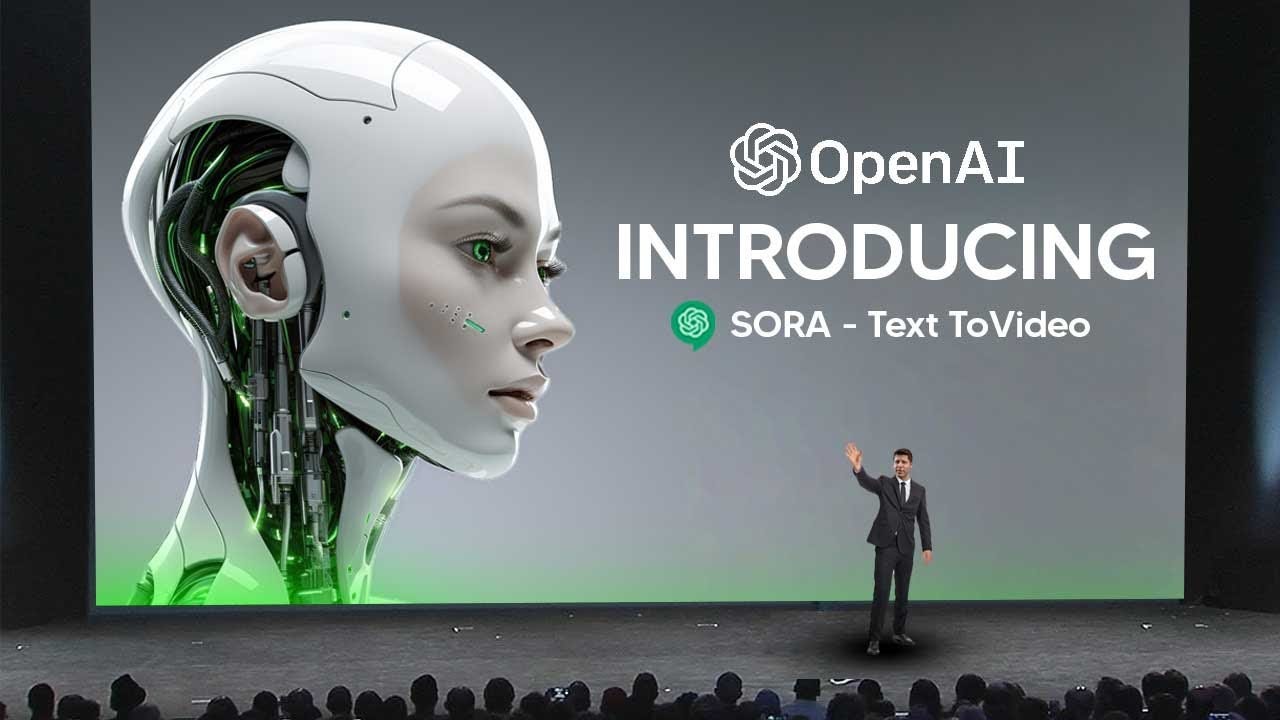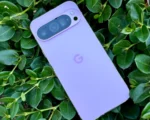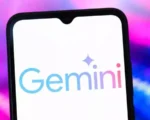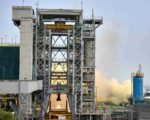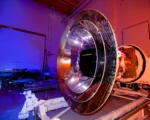Multi-Shot Mastery: OpenAI’s Sora Redefines Video Generation with Multiple Shots in a Single Clip
OpenAI made waves on Thursday with the launch of its pioneering text-to-video generation model, Sora, marking a significant leap forward in AI capabilities. Unlike its competitors, including Google’s Lumiere unveiled just last month, Sora sets itself apart by offering extended video durations of up to 60 seconds. This remarkable feat opens up new avenues for creativity and storytelling, enabling users to craft more immersive and engaging visual experiences.
Currently accessible to red teamers and select cybersecurity experts, as well as a subset of content creators, Sora represents a promising tool for enhancing software testing and content creation endeavors. In a nod to the growing emphasis on content authenticity, OpenAI plans to integrate Coalition for Content Provenance and Authenticity (C2PA) metadata into Sora’s output, further bolstering its utility and reliability in real-world applications.
Describing the capabilities of Sora, OpenAI emphasized its ability to generate intricate scenes, dynamic camera movements, and emotive characters, all encapsulated within the confines of a single minute-long video. This stands in stark contrast to the limitations imposed by competing models, such as Google’s Lumiere, which is restricted to 5-second video durations. With Runway AI and Pika 1.0 offering even shorter durations of 4 seconds and 3 seconds, respectively, Sora’s extended video length positions it as a game-changer in the realm of AI-driven content generation.
The X account of OpenAI and CEO Sam Altman also shared multiple videos generated by Sora, along with the prompts used to create them. The resulting videos appear highly detailed with seamless motion, something other video generators in the market have somewhat struggled with. As per the company, it can generate complex scenes with multiple characters, multiple camera angles, specific types of motion, and accurate details of the subject and background. This is possible because the text-to-video model uses both the prompt as well as “how those things exist in the physical world.”
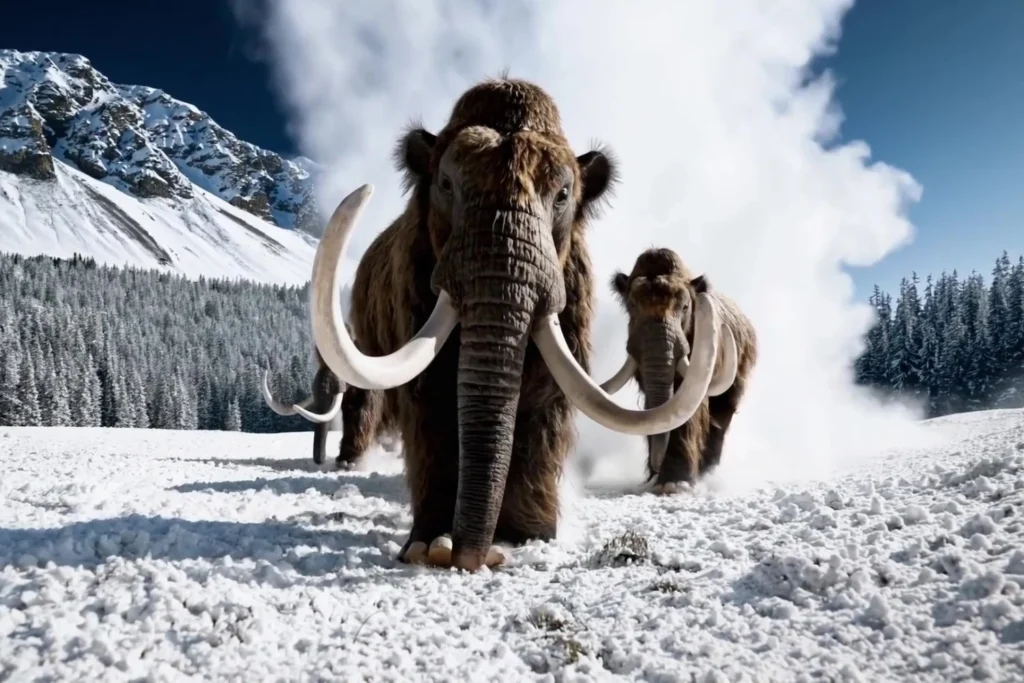
Sora is essentially a diffusion model which uses a transformer architecture similar to GPT models. Similarly, the data it consumes and generates is represented in a term called patches, which is again akin to tokens in text-generating models. Patches are collections of videos and images, bundled in small portions, as per the company. Using this visual data enabled OpenAI to train the video generation model in different durations, resolutions and aspect ratios. In addition to text-to-video generation, Sora can also take a still image and generate a video from it.
However, it is not without flaws either. OpenAI stated on its website, “The current model has weaknesses. It may struggle with accurately simulating the physics of a complex scene, and may not understand specific instances of cause and effect. For example, a person might take a bite out of a cookie, but afterwards, the cookie may not have a bite mark.”
To ensure the AI tool is not used for creating deepfakes or other harmful content, the company is building tools to help detect misleading content. It also plans to use C2PA metadata in the generated videos, after adopting the practice for its DALL-E 3 model recently. It is also working with red teamers, especially domain experts in areas of misinformation, hateful content, and bias, to improve the model.


